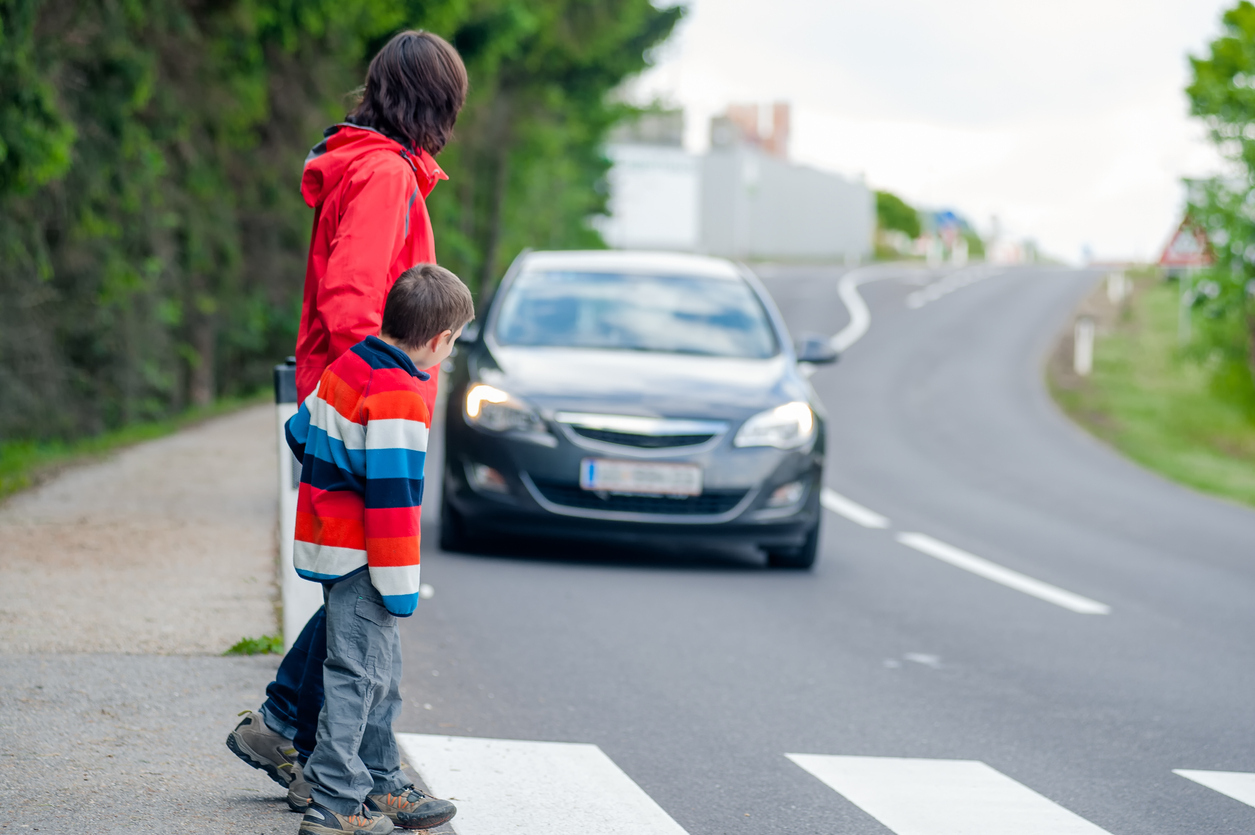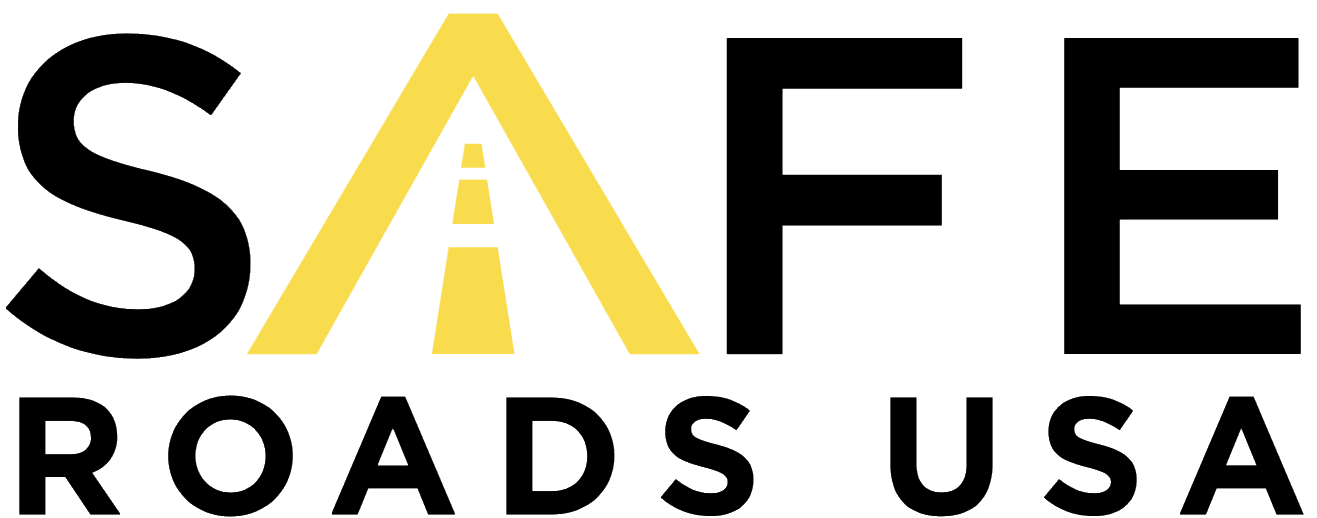Do Curb Bumpouts Really Keep Pedestrians Safe?

More and more communities are installing curb bump-outs at intersections with heavy pedestrian use. Bumpouts are also known as curb extensions, bulb-outs, or neckdowns. Bumpouts extend the curb into the street on both sides of the street at a pedestrian crossing, effectively making the pedestrian crossing shorter.
Bumpouts keep pedestrians safer in three distinct ways.
First, by making the distance shorter for pedestrians, they decrease the time that a pedestrian is in the street and vulnerable to being hit by a car. By having a shorter distance to cross, the pedestrian completes the cross more quickly. This also allows traffic to flow more fluidly.
Second, bump-outs also serve to make the neck of a street narrower at an intersection. A car making a left or right turn onto a street that has bump-outs installed must slow down considerably to make the turn.
Lower speeds increase time for a driver to see a pedestrian and decrease the likelihood of severe injuries if a pedestrian in case of collision.
This gives the pedestrian some lead time into the intersection, allowing a driver more visibility. Giving a pedestrian lead time before traffic starts to move has been shown to reduce pedestrian/auto collisions by as much as 60%.
Third, bump out installations essentially prevent vehicles from parking near the corner. Vehicles at corners obscure vision for the driver making a turn as well as for the pedestrian seeking to cross.
Curb Extensions and Bumpouts Are Not Appropriate Everywhere
These extensions are only appropriate where there is an on-street parking lane available. Because they extend the curb, bump-outs may not impede a traffic lane, bike lane or traffic shoulder. This may mean that if a bike lane is present, that any proposed bumboat be small enough to not reach the bike lane, or it may mean that city planners place bump-outs on streets with no bike lanes.
Midblock Extension Use
Curb extensions can also take the form of a midblock extension. These midblock extensions are particularly helpful for large city blocks with midblock pedestrian crossings. On large downtown blocks, midblock pedestrian crossings are common. Many communities used both curb extensions and flashing lights at these crossings to help keep pedestrians in these crossings safer.
Other Considerations of Use
Because curb extensions narrow a roadway, they can make it difficult for larger trucks and vans to turn. The size and configuration of a curb extension installation needs to accommodate these larger vehicles if they commonly travel along these routes. However, if well thought out, curb extensions should not prevent these larger vehicles from turning. They, as all traffic, will need to be careful to turn slowly.
On a final safety note, curb extensions can make it easier for emergency vehicles to turn. Because curb extensions prohibit cars from parking near the corner, an emergency vehicle can climb onto a curb if need be when it executes a turn. Emergency vehicles are unable to do so in intersections with parked cars.
Curb Extensions Can Be Aesthetically Pleasing and a Cost-Effective Way to Reduce Pedestrian Accidents
Though not a safety concern, aesthetics is a consideration in city planning. Curb extensions allow benches and plantings which have aesthetic appeal. They also allow more room on sidewalks for tables, chairs, planter boxes, and the like. This allows cities and businesses more flexibility in sidewalk use.
We are walking more. Curb extensions and bump-outs help keep us safer when we do. They are also relatively inexpensive to install. A basic bump-out can run about $2,000. Adding drainage, plantings, and benches increases the costs involved. This makes this safety measure easily affordable for city planners to implement.
Do you have questions about road safety in your city?, Contact us and we’ll get back to you.
